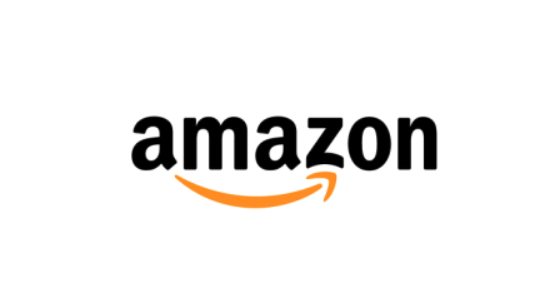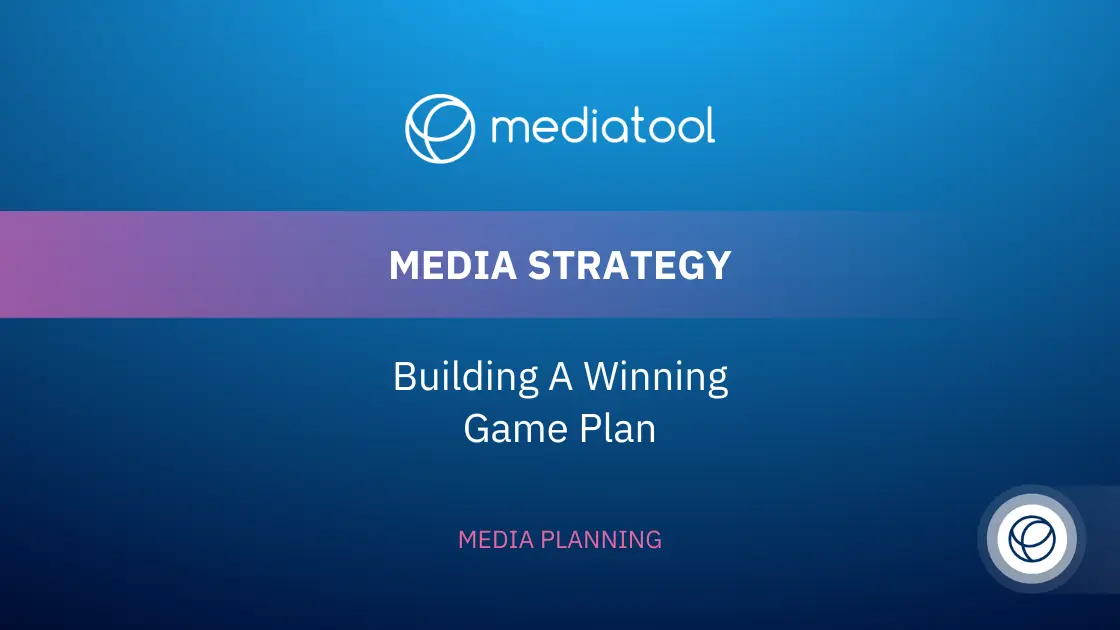Ever wondered why you feel inexplicably drawn to certain brands or products? The answer might lie in the elusive world of subliminal advertising.
This clever marketing tactic works beneath your mental radar, subtly influencing your choices without you even realizing it.
In this comprehensive guide, we’ll unravel the mysteries of subliminal advertising, exploring its types, effectiveness, and ethical considerations.
Plus, we’ll dive into real-world examples to see how brands have successfully harnessed the power of the subconscious mind to bolster their marketing strategies.
Whether you’re a marketing professional or simply curious about the hidden forces shaping consumer behavior, this article will provide enlightening insights into the art of subliminal persuasion.
What is Subliminal Advertising?
Subliminal advertising, a marketing strategy enveloped in mystery and fascination, hinges on a fundamental yet profound concept: subtly influencing the subconscious mind without the audience being consciously aware.
This approach to digital marketing, often seen as an effective subliminal advertising technique, incorporates hidden messages in various forms of media, including TV ads and digital campaigns.
The intent is to impact consumer behavior and perceptions through subtle cues like a company’s logo, auditory stimuli, or visual elements designed in such a way that they escape conscious perception.
Examples of subliminal messaging often incorporate hidden messages or designs that subtly influence the viewer. These advertising campaigns utilize visual or auditory stimuli to communicate messages below the mental radar of the audience, making them unaware they are being influenced.
The Federal Communications Commission (FCC) scrutinizes these practices due to their potential impact. However, the effectiveness of subliminal marketing remains a topic of debate among experts.
While some claim these messages can sway public interest and consumer choices, others argue that the impact of subliminal ads is minimal.
Yet, examples of subliminal advertising, from classic movie theaters to modern digital marketing platforms, continue to intrigue both marketers and consumers, making it a captivating subject in the realm of advertising and psychology.
Do Subliminal Messages Work?
The efficacy of subliminal messages in influencing consumer behavior remains a contentious topic in the realm of digital marketing and advertising.
Research presents mixed outcomes; some findings indicate a slight influence on purchasing decisions, highlighting the subconscious mind’s vulnerability to these subtle, often hidden messages in advertising campaigns.
Conversely, other studies question the substantial impact of subliminal messaging, suggesting a more nuanced effect.
Despite this ongoing debate, the fascination with subliminal advertising is on-going, with brands finding ways to subtly sway consumer preferences and perceptions through well-crafted marketing strategies.
Common Subliminal Advertising Techniques
Here’s how subliminal advertising employs various techniques to subtly influence the subconscious mind of the audience.
Here’s some of the most common methods used in this form of advertising:
Hidden Messages in Logos and Designs:
Many companies integrate subliminal messages into their logos or designs.
For instance, the FedEx logo famously contains an arrow suggesting speed and precision, while the Baskin Robbins logo incorporates the number 31, representing their variety of flavors. These hidden elements are not immediately obvious at first glance but can create a lasting impression.
Auditory Stimuli in TV Ads and Other Media:
Subliminal messages are not confined to visual stimuli; they can also be auditory. Some TV ads, movies, or even music tracks may include sounds or words that are not consciously perceivable but are picked up by the subconscious mind. These auditory stimuli can subtly influence feelings and attitudes towards a brand or product.
Embedding Messages in Digital Marketing Content:
In the realm of digital marketing, subtle cues and messages are often embedded in online content. This could range from the strategic placement of products in a video to the use of specific colors and imagery that evoke certain emotions or associations, all designed to influence the viewer subliminally.
Utilizing Color Psychology:
Colors have a profound impact on human psychology and are a powerful tool in subliminal advertising. Different colors can evoke different emotions and behaviors. For example, red is often used to stimulate appetite and energy, making it a common choice in food and beverage advertising.
Playing with Words and Phrases:
The use of clever wordplay, puns, or double meanings in brand names, slogans, or advertising copy can act as a subliminal message. This technique engages the audience on a deeper level as they unconsciously decipher the hidden message or meaning.
Incorporating Symbolic Imagery:
Symbols and images that have a cultural, emotional, or psychological significance can be used subliminally. For instance, using a heart symbol to subtly convey a message of love and care in a product meant for family use.
Archetypal Themes in Storytelling:
Using universal themes or archetypes in advertising narratives can resonate deeply with the audience. These themes speak directly to the subconscious mind, often evoking a powerful emotional response.
These techniques showcase the innovative ways a marketing team uses subliminal messaging in advertising campaigns to connect with the audience at a subconscious level.
Effective subliminal advertising goes beyond overt promotion, tapping into the underlying desires and emotions of consumers, thereby fostering a deeper brand connection and recognition.
9 Examples of Effective Subliminal Advertising (and Why They Work)
1. FedEx Logo:

The hidden arrow between the ‘E’ and ‘x’ in the FedEx logo subtly suggests speed and efficiency. This clever design reinforces the brand’s commitment to quick and precise delivery services.
2. Amazon’s Logo:

The curved arrow in Amazon’s logo that stretches from ‘A’ to ‘Z’ resembles a smile, indicating the brand’s aim to deliver happiness and satisfaction. It also symbolizes the vast range of products the company offers, covering everything from A to Z.
3. Baskin Robbins:

The pink sections of the Baskin Robbins logo form the number ’31’, highlighting the brand’s famous offering of 31 different ice cream flavors. This visual trick emphasizes variety and choice in their product range.
4. Toyota Logo:

The Toyota logo’s overlapping ovals represent the unification of the hearts of the customers and the company, and interestingly, also form every letter of the company name. This symbolizes the company’s dedication to customer satisfaction and unity.
5. Spartan Golf Club:

The logo cleverly combines the image of a golfer mid-swing with the silhouette of a Spartan helmet. This dual imagery embodies the strength, tradition, and discipline associated with both golf and ancient Spartans.
6. Tostitos:

In the Tostitos logo, the two ‘t’s and the ‘i’ are designed to look like two friends sharing chips and a bowl of salsa, which can be seen in the logo’s white space. This imagery subtly promotes the idea of sharing and enjoyment associated with the product.
Each of these examples demonstrates effective subliminal advertising through logo design. They subtly convey key brand messages and values, enhancing brand recognition and emotional connection without overtly drawing attention to the embedded messages.
These designs tap into the subconscious mind, allowing the messages to resonate with consumers on a deeper level, thus exemplifying successful marketing strategies in the competitive world of branding and advertising.
Can You Use Subliminal Messaging in Your Ads?
Utilizing subliminal messaging in advertising campaigns demands careful consideration of ethical and legal boundaries. Subliminal advertising, when used responsibly, can be a potent instrument in capturing audience attention subtly.
However, it’s essential to be aware of the regulations and guidelines set by authoritative bodies.
The Federal Communications Commission (FCC) has established specific guidelines concerning the use of subliminal messages, particularly in areas like television ads and digital marketing. These guidelines are designed to prevent deceptive or manipulative practices that could mislead or exploit the audience.
Advertisers must ensure that their use of subliminal messaging aligns with these regulations to avoid legal repercussions and maintain ethical standards.
Additionally, the advertising industry often debates the effectiveness and moral implications of subliminal messaging.
While some argue it can influence consumer behavior subconsciously, others emphasize the need for transparency and respect for consumer autonomy.
Businesses considering subliminal techniques in their ads should weigh these factors carefully.
When Subliminal Advertising Doesn’t Work – Infamous Examples
Subliminal advertising can backfire if the message is too obscure or if it crosses ethical boundaries, leading to public interest concerns or even legal trouble.
Subliminal advertising, while often subtle, can sometimes become controversial or ineffective when not executed properly. Here are a few notable examples:
1. Disney Movies:
Disney films have faced criticism over the years for allegedly including subliminal messages in their animations. These include hidden words or suggestive imagery that some viewers claim to have spotted.
However, Disney has consistently denied these claims, attributing them to either coincidence or misinterpretation.
2. Coca-Cola:
One of the most infamous instances of alleged subliminal advertising is the claim that Coca-Cola embedded images of naked women and sexual innuendos in their ads.
The company denied these allegations, and it remains a topic of debate whether these were intentional subliminal messages or merely coincidental patterns.
3. KFC Dollar Snacker:
KFC once ran a TV ad for their Dollar Snacker where a single frame, lasting for just a fraction of a second, included a hidden dollar bill.
The company acknowledged this as a deliberate attempt at subliminal advertising. This sparked a discussion on the ethics and effectiveness of such tactics.
4. McDonald’s and Iron Chef America:
In an episode of “Iron Chef America,” a McDonald’s logo appeared for a fraction of a second. This was later explained as a technical glitch, but it raised questions about intentional subliminal advertising.
Subliminal Advertising is Just One Way to Grow Your Brand
Subliminal advertising, while intriguing, represents just one facet of a multifaceted brand development strategy. To effectively grow a brand, it’s crucial to blend subliminal techniques with a variety of other marketing approaches.
This could include leveraging the power of social media campaigns, engaging in targeted digital marketing, or utilizing more traditional advertising methods.
A well-rounded strategy that incorporates these diverse tactics can lead to more comprehensive and sustainable brand growth.
Conclusion
Employed thoughtfully, subliminal advertising can serve as a creative and subtle method of engaging with your target audience.
However, it’s important to embed such tactics within a broader, ethical marketing framework that respects and values the audience’s intelligence and decision-making autonomy.
Subliminal messages, when integrated with careful planning and innovative execution, can contribute a unique and compelling element to your brand’s overall narrative.
This approach ensures that subliminal advertising not only captivates the audience but also complements and enhances other marketing efforts, ultimately contributing to a robust and resonant brand identity.





